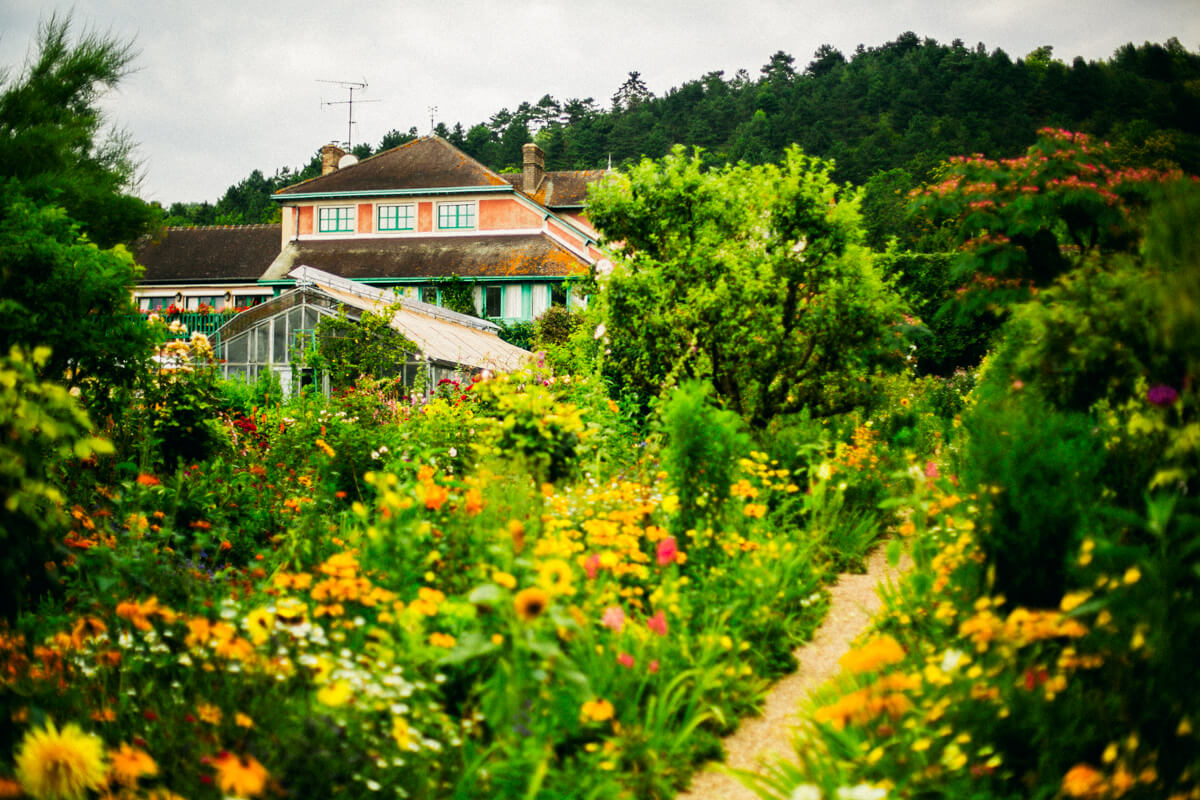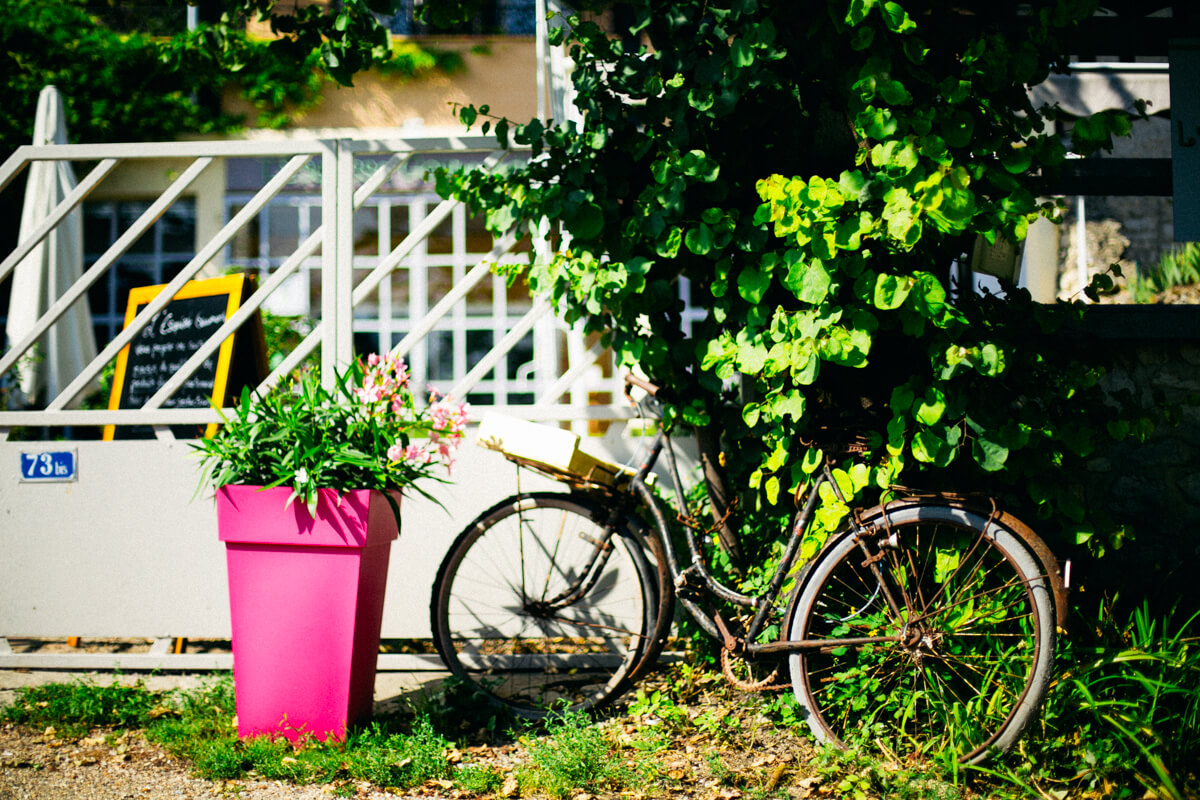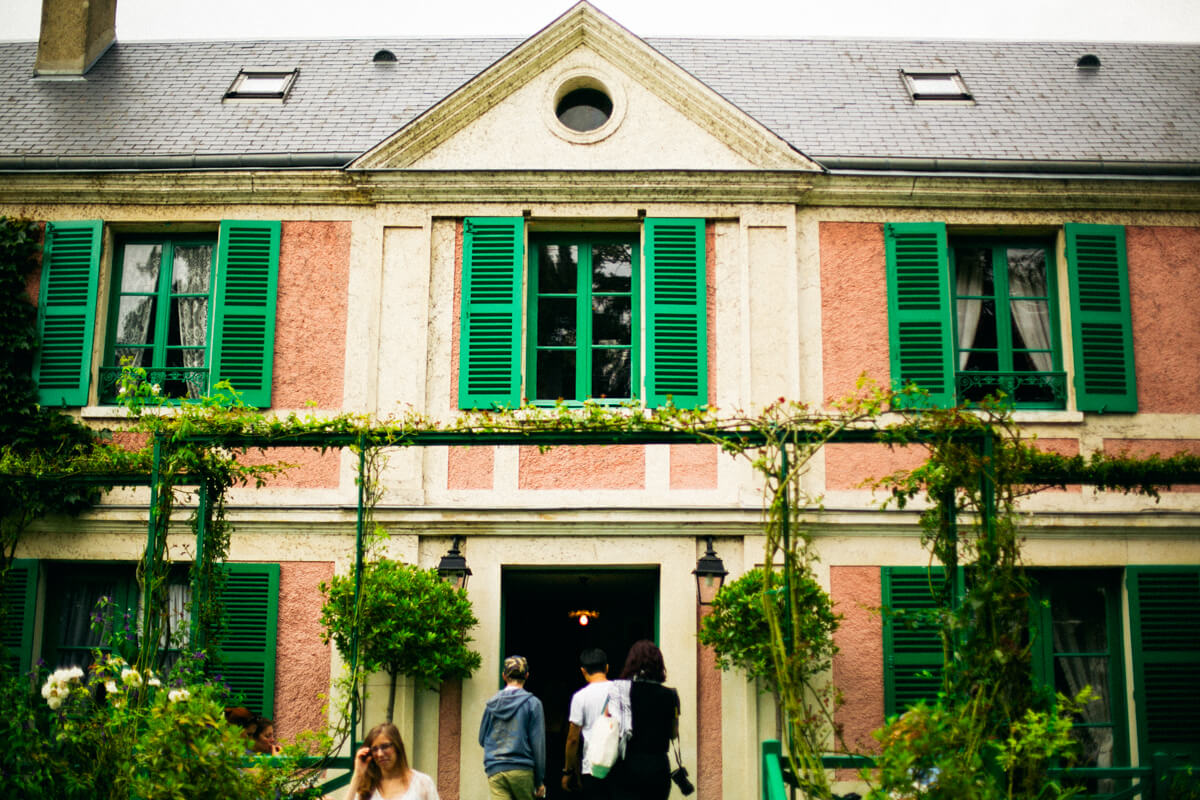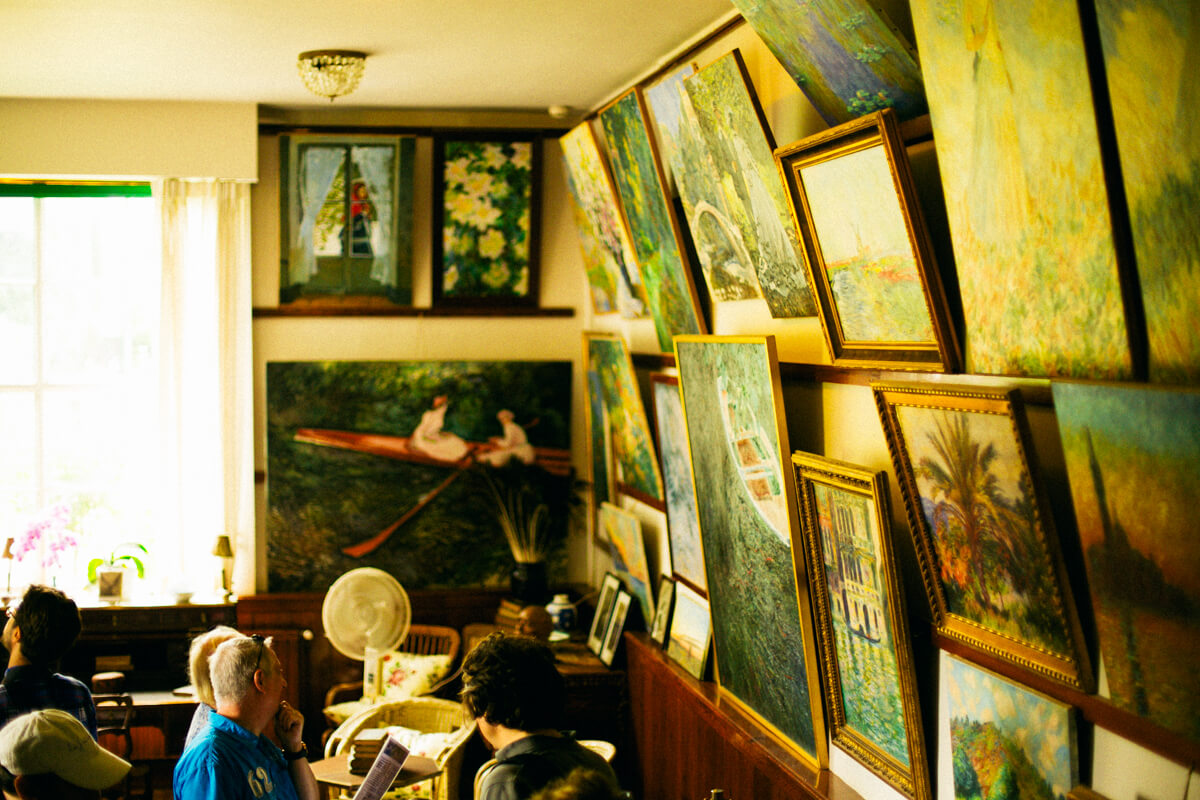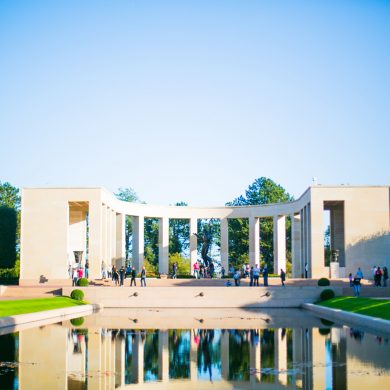Updated on 26 June 2020
Reading time: 3 minutes
Giverny is a beautiful little village in the Eure and considered to be the cradle of Impressionism. When you come to Normandy this has to be a key place for you to see and take in the serenity of Giverny which so appealed to Monet.
Walking through Giverny
During our trip to the Eure we stopped at the exquisite village of Giverny.
In our walk along the main street of the village we discovered typical Norman half-timbered houses on either side, punctuated by trees, open fields and flowers, some dusted with the famous poppies. It’s not hard to see why Giverny so inspired Claude Monet!
Along the way you will come upon the Museum of Impressionisms, which, as its title suggests, invites the visitor to explore Impressionism in all its diversity, with temporary exhibitions from private collections. The visit can last up to 2 hours and you will come away with a fresh perspective on the Impressionist movement.
You can understand why Giverny was such an inspiration for Monet!
Find out about the life of Claude Monet
After the Museum of Impressionisms we wanted to get a better feel of the artist’s life by visiting the gardens that he created in front of his home in Giverny.
Straight out of a fairy tale!
The Claude Monet gardens are magnificent. We just loved walking along the paths through his garden refulgent with flowers. We even stole a kiss. The Japanese bridge and the Water garden, its water lilies, its wisteria… Look down upon the ponds and you will tip into one of his paintings!
La Fondation Claude Monet (Monet’s house)
With the walk around the gardens complete, we entered the house of the Fondation Claude Monet, formerly his home of forty years, from 1883 to his death in 1926. The ground floor contains nearly 250 Japanese prints that inspired him, and the upper floor his bedroom and that of his wife Alice.
Sainte-Radegonde Church
It seems fitting to conclude our day in Giverny by going to the charming little village church of Sainte-Radegonde. Its churchyard contains Monet’s grave. Standing over his burial plot as the coffin was to be lowered, George Clémenceau pulled off the black cloth covering the coffin with the words, “No black for Monet” – a fine phrase to close the life of this exceptional artist.
No black for monet“, Georges Clémenceau
Impressionist Normandy
Words by Grégory Cassiau, les-escapades.fr
